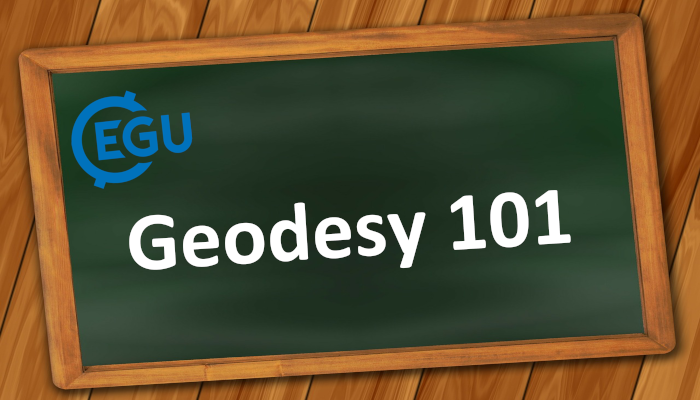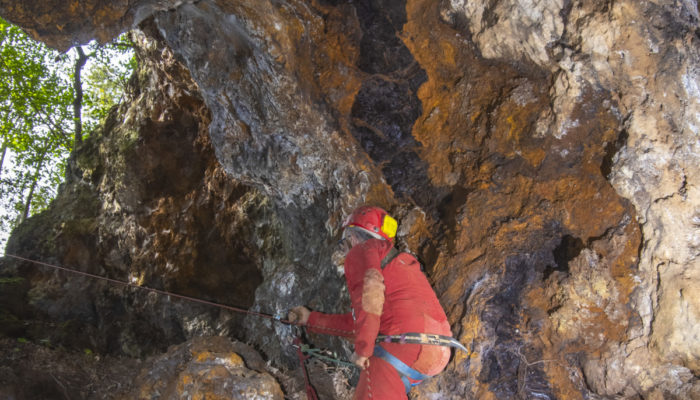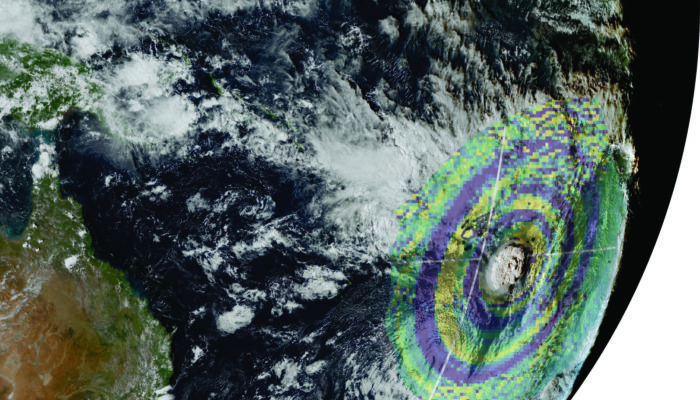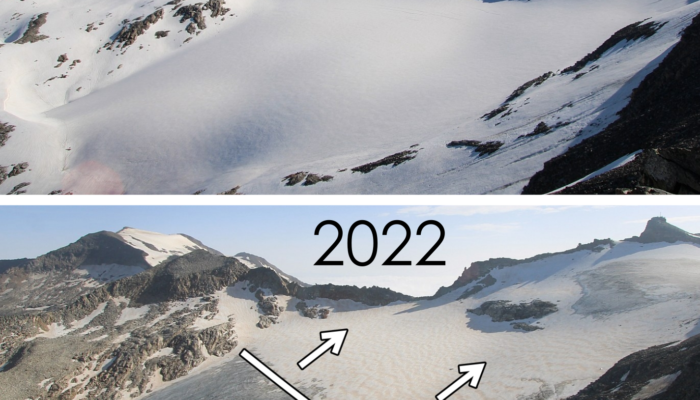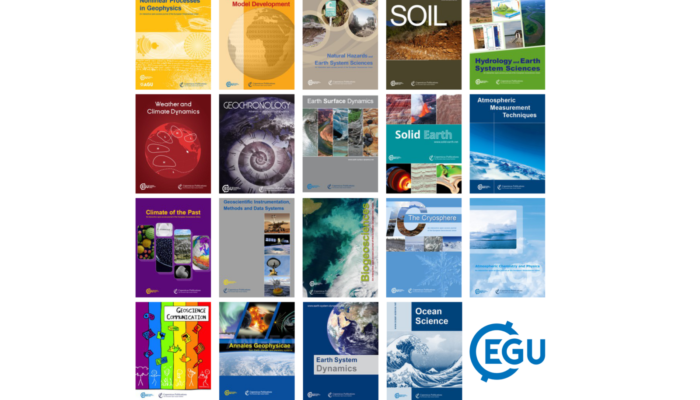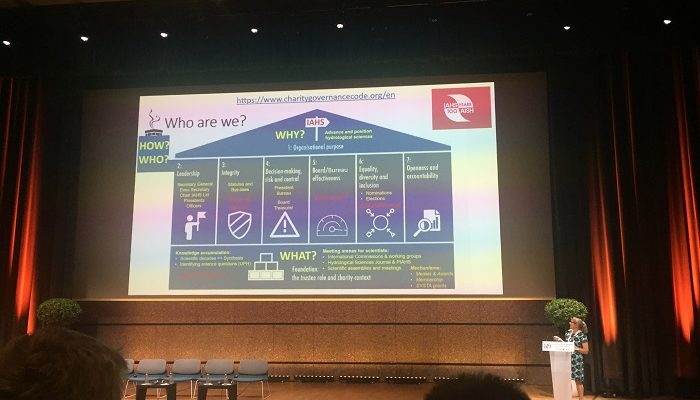During this year’s EGU General Assembly (GA) we held the first Geodesy 101 Short Course, where we gave an introduction to satellite gravimetry, GNSS processing and geodetic reference frames. We want to thank all of you who attended in-person or virtually, and made the short course a great experience! Please provide us feedback, if you have attended the short course here. At the GA, we were only ab ...[Read More]
If you didn't find what you was looking for try searching again.
GeoLog
The ancient art and science of mining: a look back at the 1500s
Sean Daly is a (now retired) Canadian mining geologist with 40+ years of experience, who has dedicated his career to understanding the close relationship between mining, geology and society. His recent book “From the Erzgebirge to Potosi: A History of Geology and Mining Since the 1500’s” traces the history of mining and geology from the 1500’s including the Renaissance, the Industrial ...[Read More]
Seismology
Global seismoacoustic waves from the Hunga eruption (Tonga)
Jelle Assink, Senior Geophysicist at KNMI, takes us through the details of the various kinds of waves produced by the Hunga eruption in Tonga earlier this year… On January 15, 2022, a powerful volcanic eruption occurred in the Tonga archipelago in the Pacific Ocean when the submarine Hunga volcano exploded around 04:15 (UTC). This explosion marked the climactic end of an eruptive phase that ...[Read More]
Cryospheric Sciences
Summer 2022: A perfect storm for Alpine glaciers
The summer of 2022 is shaping up to be a perfect storm for Alpine glaciers. By a strange coincidence, all the factors that could adversely affect glacial dynamics seem to have come into agreement. Let’s find out why. What controls the behavior of Alpine glaciers? Snow, temperature, weather conditions and the properties of snow and ice. These are the most important factors governing the life ...[Read More]
GeoLog
GeoRoundup: the highlights of EGU Journals published during June!
Each month we feature specific Divisions of EGU and during the monthly GeoRoundup we will be putting the journals that publish science from those Divisions at the top of the Highlights roundup. For June, the Divisions we are featuring are: Ocean Sciences (OS) and Biogeosciences (BG). They are served by the journals: Biogeosciences (BG), Geoscientific Model Development (GMD) and Ocean Science (OS). ...[Read More]
GeoLog
Open Science in the real world today: takeaways from the EGU22 Great Debate
On Wednesday 25 May, as part of the 2022 General Assembly of the European Geoscience Union, we held a “Great Debate on Open Science” that was attended by over 100 EGU participants both on-site in Vienna and online. The debate was organised by Francesca Pianosi and Jamie Farquharson with support from Remko Nijzink, Riccardo Rigon and Stan Schymanski, who also co-chaired a technical session on Open ...[Read More]
Geodynamics
Happy blog birthday!
The EGU Geodynamics blog is 5 years old today! *throws confetti* Imagine being on the same contract in the same country for that long… Wow. Truly incredible. So let’s have a look at what we did over this past year of blogging. What did we do? Write and edit, mainly. I know – who’d’ve thought that is what editors do, right? But yes, writing and editing was done in abun ...[Read More]
Hydrological Sciences
100 Years of Hydrology: Celebrating the IAHS in the South of France
From May 29 to June 3, the International Association of Hydrological Sciences (IAHS) held its 11th Scientific Assembly in Montpellier, France. Over 600 hydrologists from 65 countries attended the conference, which also celebrated the IAHS’ 100 year anniversary. The day after the closing of the EGU General Assembly in Vienna on May 27, hundreds of hydrologists packed their bags and set out on a jou ...[Read More]
Natural Hazards
Repression Without Resistance: Answering Natural Hazards Related Disasters
Answering disasters triggered by natural hazards is a profoundly political process; who can tell us about this is Isabelle Desportes with her study cases of Ethiopia (the 2016 drought), Myanmar (cyclone Komen in 2015) and Zimbabwe (the 2016/2019 drought). Today, I have the pleasure of interviewing Dr Isabelle Desportes, a researcher who approaches disaster risk governance from the angle of politic ...[Read More]
Geodynamics
The Sassy Scientist – Remembrance
Questions permeate our daily life. What socks do I want to wear today? Which of the 10 insipid meal choices at the campus canteen do I want as my lunch today? Will I treat myself and get a Mai Tai tonight, or will I stick to a refreshing, good ol’ beer? As geoscientists, asking and answering questions really is our daily job. Not all questions are as deep as Uswah’s though… Why d ...[Read More]

